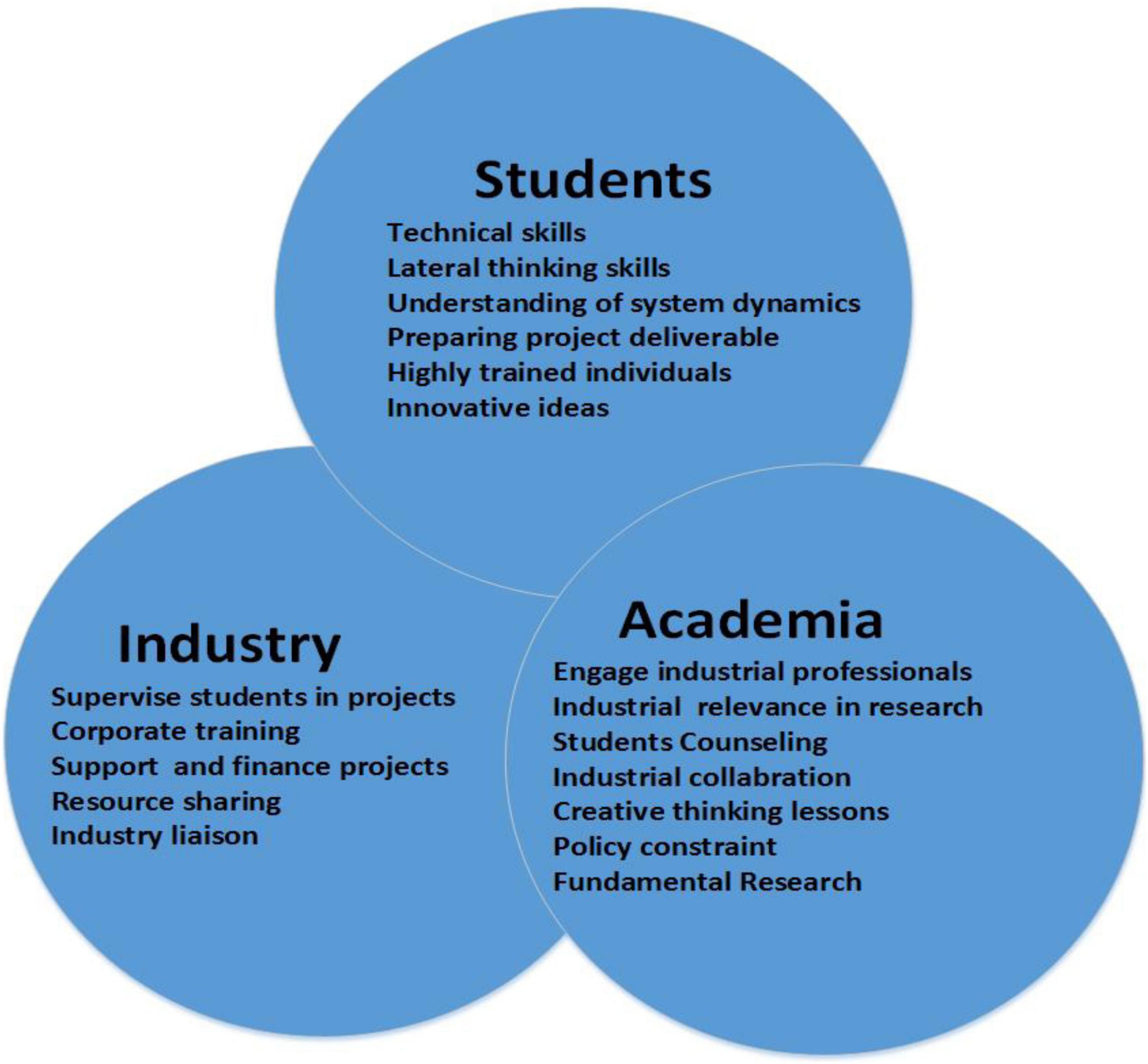7667766266
enquiry@shankarias.in
Recently, the University Grants Commission (UGC) approved the draft guidelines on ‘Sustainable and Vibrant University-Industry (UI) Linkage System for Indian Universities’.

References